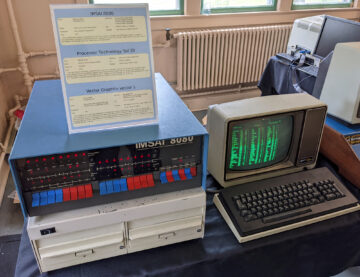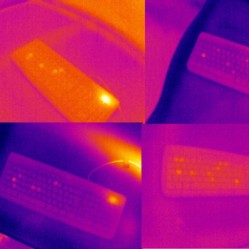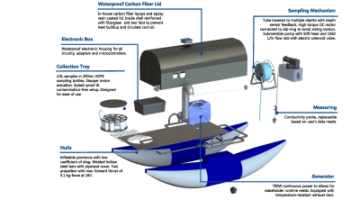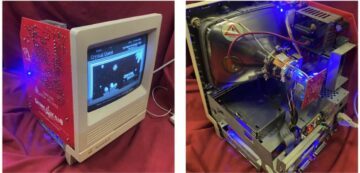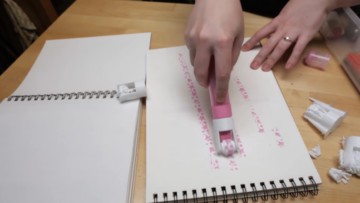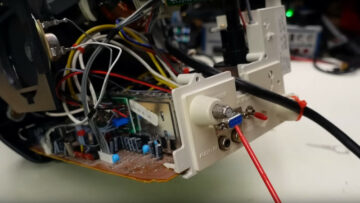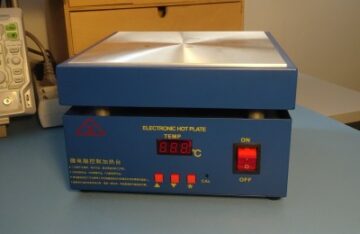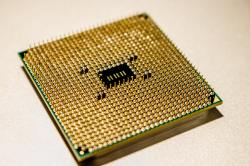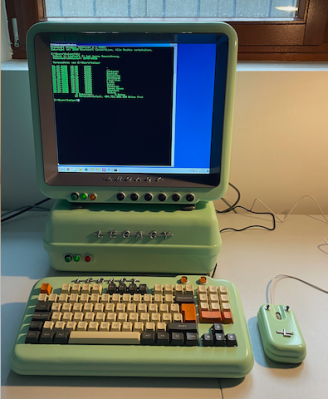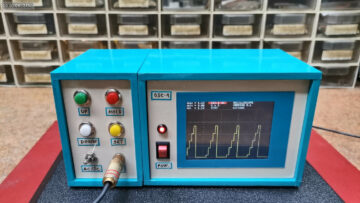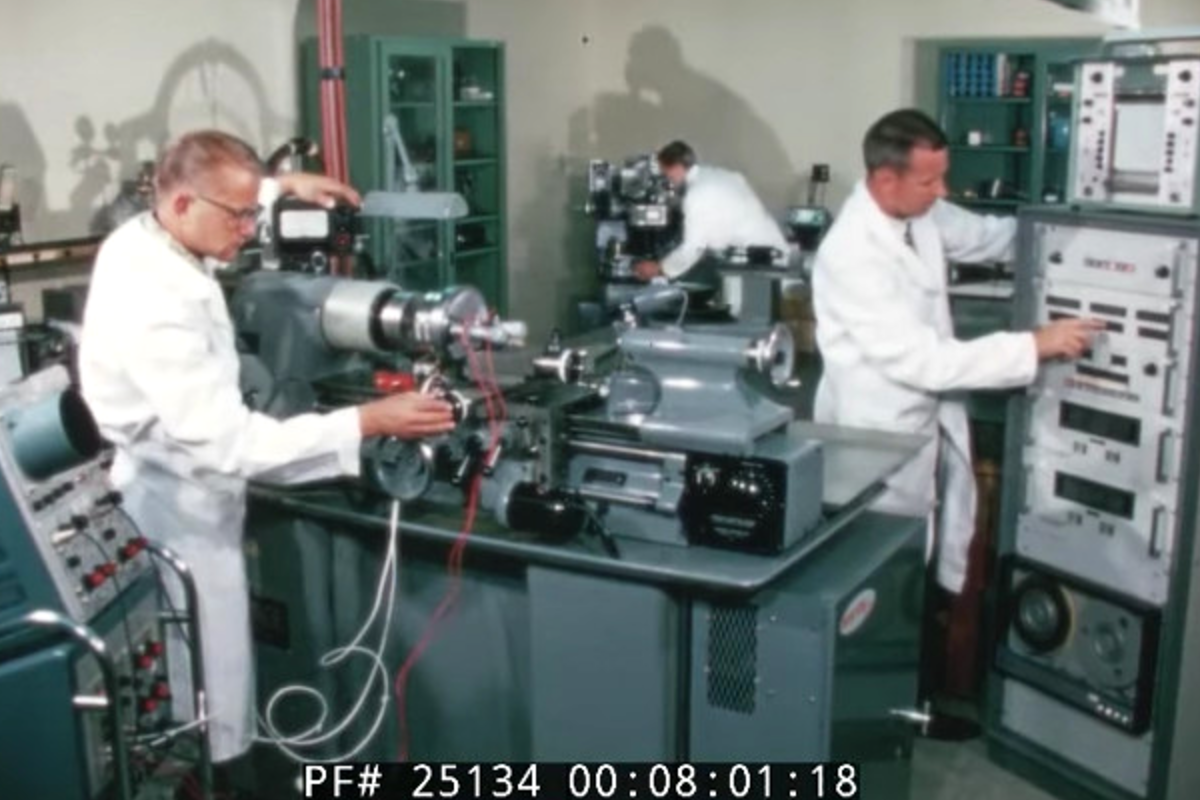
Usually, if you are listening to people debate about nuclear issues, it is one of two topics: how to deal with nuclear weapon stockpiles or if we want nuclear power plants in our backyard. But there was a time when the US and the USSR had more peaceful plans for nuclear bombs. While peaceful plans for nuclear bombs might sound like an oxymoron, there was somewhat of a craze for all things nuclear at some point, and it wasn’t clear that nuclear power and explosives wouldn’t take over many industries as the transistor did, or the vacuum tube before it.
You may have heard about Project (or Operation) Plowshare, the US effort to find a peaceful use for all those atom bombs. The Atomic Energy Commission video below touts the benefits “for all nations.” What benefits? Mostly moving earth, including widening the Panama Canal or creating a new canal, cutting highways through mountains, assisting mining and natural gas production, and creating an artificial harbor. There was also talk of using atomic blasts to create new materials and, of course, furthering the study of the atom.
The Lawrence Livermore lab also commissioned a film about a part of the project that you can watch below (You might think it is the wrong video until you get about three minutes in.) If nothing else, there is some great video of vintage test equipment in the lab footage.
So What Really Happened?
You might think that nothing came of this. After all, blasting nukes in harbors and mines would leave a messy radiation field behind. But there were 27 test blasts, some of which used more than one bomb, between 1961 and 1973. Most of the devices were fairly small, but at least one was over 100 kilotons. For reference, the bombs used in Japan were about 16 kilotons and 21 kilotons.
As you might expect, some of these blasts didn’t go well. One test blast vented radioactive steam over a press gallery full of reporters. A later blast threw up a huge radioactive dust cloud 12,000 feet into the air that started heading east.
One reason stimulating oil and gas production was attractive is because oil and gas are sometimes radioactive naturally, so processing already considers that.
Meanwhile, in Moscow
This wasn’t just an American thing. The USSR had the typically named “Nuclear Explosions for the National Economy” program with similar aims. Since their original position was to ban all testing, they were a little late to the party, starting their program in the mid-1960s.
However, they made up for it with 156 explosions up through 1989. That includes six actual uses that were not considered tests, including capping errant gas wells. They also had mishaps. One explosion was supposed to unearth diamond-rich ore, but the results were disappointing, and water in the area was polluted with plutonium. Other explosions vented radioactive steam, and monitors in Japan and the United States were able to detect some of the radioactivity.
You can find a US report about the Russian program that includes some historical background on Plowshare online.
Aftermath
While we are always fans of futuristic tech, we are happy our next freeway won’t be excavated with an atom bomb. Of course, a common excavation project in the 1960s was, in fact, a backyard bomb shelter, so there would have been some irony in using bombs to dig bomb shelters.
The nuclear craze wasn’t just limited to digging and mining, however. Even Ford showed off a concept for a nuclear-powered car in 1958. And we talked more about the science behind capping oil wells with nukes if you would like to find out more.
- SEO Powered Content & PR Distribution. Get Amplified Today.
- PlatoData.Network Vertical Generative Ai. Empower Yourself. Access Here.
- PlatoAiStream. Web3 Intelligence. Knowledge Amplified. Access Here.
- PlatoESG. Automotive / EVs, Carbon, CleanTech, Energy, Environment, Solar, Waste Management. Access Here.
- BlockOffsets. Modernizing Environmental Offset Ownership. Access Here.
- Source: https://hackaday.com/2023/07/11/retrotechtacular-better-living-through-a-bombs/
- :is
- :not
- $UP
- 000
- 100
- 12
- 16
- 27
- a
- Able
- About
- actual
- After
- aims
- AIR
- All
- already
- also
- always
- American
- an
- and
- ARE
- AREA
- artificial
- AS
- assisting
- At
- atom
- attractive
- background
- Ban
- BE
- because
- been
- before
- behind
- below
- benefits
- Better
- between
- bomb
- but
- came
- CAN
- clear
- Cloud
- commission
- Common
- concept
- considered
- considers
- content
- course
- create
- Creating
- cutting
- deal
- debate
- detect
- Devices
- DID
- DIG
- disappointing
- Dust
- earth
- East
- effort
- else
- embedded
- energy
- equipment
- Even
- EXCAVATION
- expect
- explosion
- explosions
- fact
- fairly
- fans
- Feet
- field
- Film
- Find
- For
- Ford
- freeway
- full
- furthering
- futuristic
- Gallery
- GAS
- get
- Go
- great
- had
- happened
- happy
- Have
- Heading
- heard
- highways
- historical
- How
- How To
- However
- HTTPS
- huge
- if
- in
- includes
- Including
- industries
- into
- irony
- issues
- IT
- Japan
- just
- lab
- Late
- later
- lawrence
- least
- Leave
- like
- Limited
- Listening
- little
- living
- made
- many
- materials
- May..
- might
- mines
- Mining
- minutes
- monitors
- more
- most
- mostly
- moving
- Named
- National
- Nations
- Natural
- Natural Gas
- naturally
- New
- next
- nothing
- nuclear
- Nuclear power
- of
- off
- Oil
- Oil and Gas
- on
- ONE
- online
- operation
- or
- original
- Other
- our
- out
- over
- Panama
- part
- party
- People
- plans
- plants
- plato
- Plato Data Intelligence
- PlatoData
- Point
- position
- power
- power plants
- press
- processing
- Production
- Program
- project
- Radiation
- really
- reason
- reference
- report
- Results
- russian
- Science
- shelters
- showed
- similar
- since
- SIX
- small
- So
- some
- somewhat
- Sound
- started
- Starting
- States
- Steam
- Study
- supposed
- Take
- Talk
- tech
- test
- Testing
- tests
- than
- that
- The
- The Area
- their
- There.
- These
- they
- thing
- things
- Think
- this
- those
- three
- Through
- time
- to
- Topics
- true
- two
- typically
- United
- United States
- until
- us
- use
- used
- uses
- using
- Vacuum
- Video
- vintage
- want
- was
- Watch
- Water
- we
- WELL
- Wells
- were
- What
- when
- which
- while
- with
- would
- Wrong
- you
- youtube
- zephyrnet

